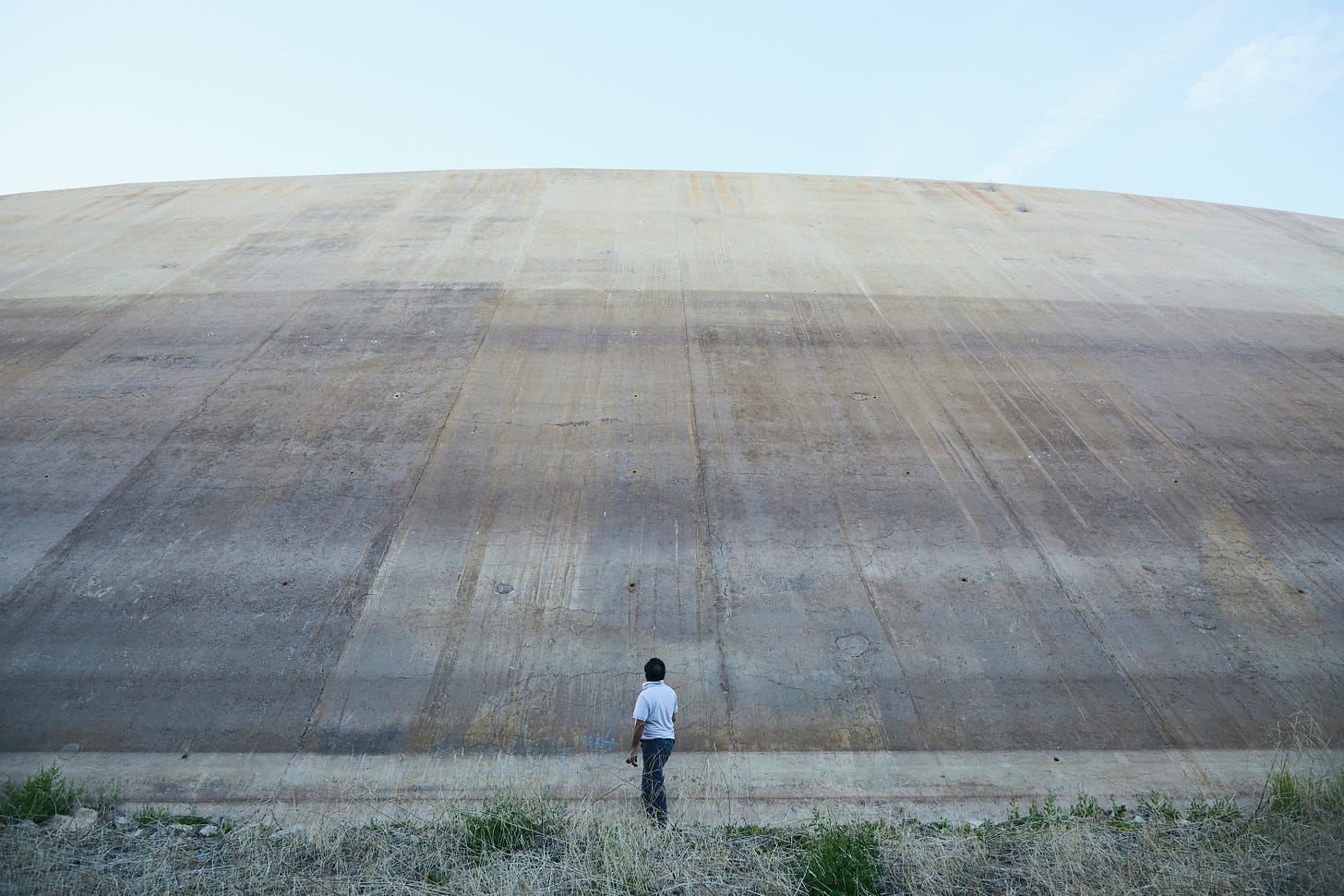Wild Waters and Unfulfilled Promises
Photographer Eunice Adorno captures Mexico’s aging dams as “monuments to an idea of progress that never arrived."
In a 2023 image by Mexican photographer Eunice Adorno, a man stands in front of a towering wall, searching for the horizon line where the concrete ends and the sky begins. It’s as though he were contemplating an ancient structure, trying to interpret its meaning.
In Mexico, as …
Keep reading with a 7-day free trial
Subscribe to The Border Chronicle to keep reading this post and get 7 days of free access to the full post archives.


